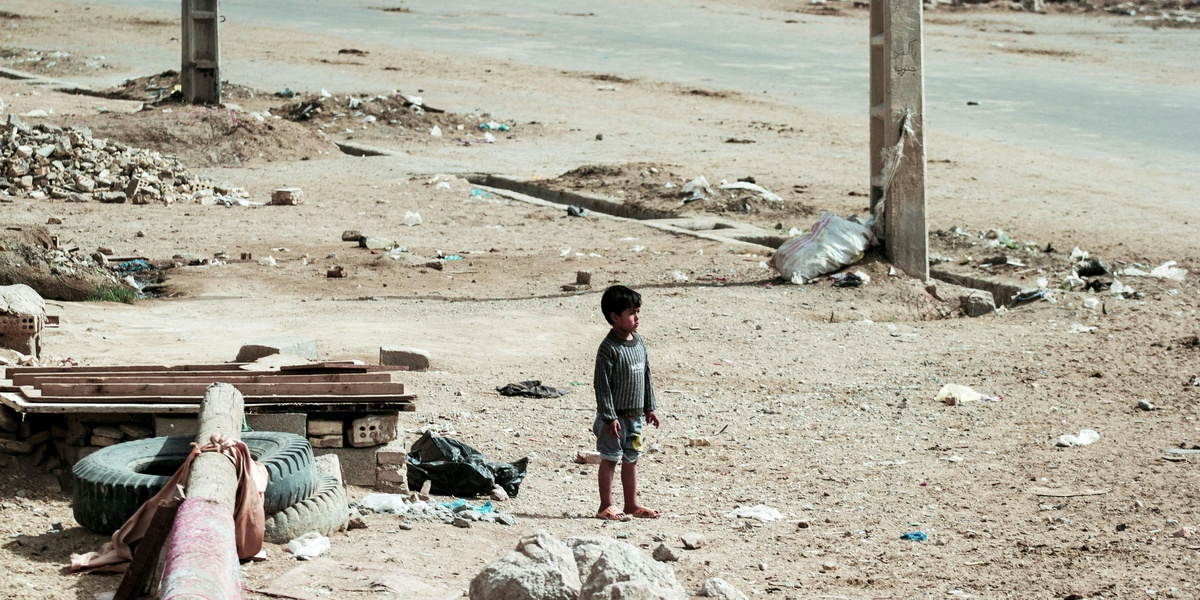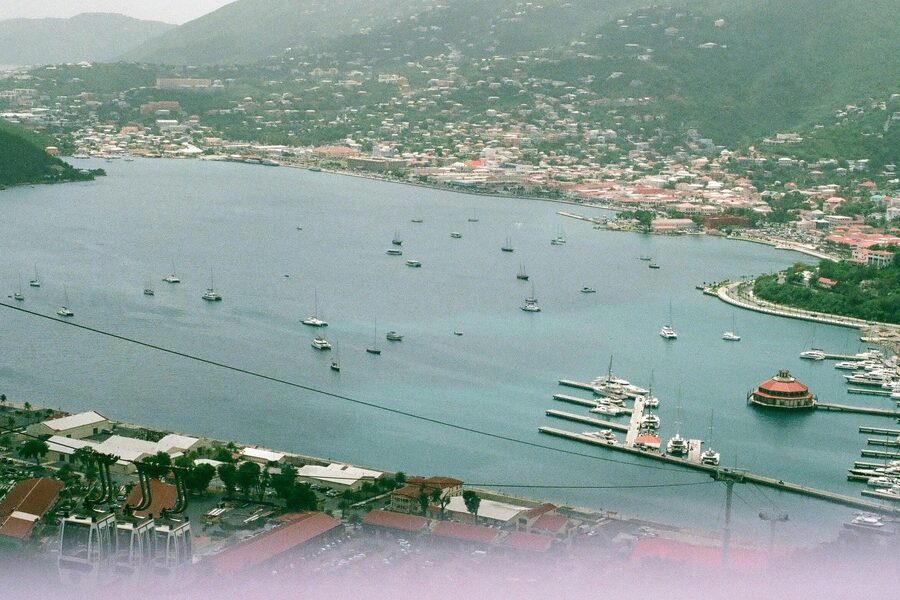Zimbabwe, a nation rich in culture and vibrant landscapes, also experiences significant economic disparities that shape the daily lives of its urban populations. Understanding the economic challenges faced by various cities offers crucial insights into the country’s development landscape and the realities on the ground.
In this context, examining the Poorest Cities in Zimbabwe provides a focused look at urban centers grappling with economic hardship. Below, we present an exact list of 10 such cities, spanning from Beitbridge to Victoria Falls. Each entry is accompanied by key data organized by Country, Poverty Rate (%), and Population (approx.), offering a clear, data-driven perspective.
What factors contribute to a city’s economic challenges?
A city’s economic well-being is influenced by multiple factors, including employment rates, access to essential services like healthcare and education, infrastructure development, and local industry. High poverty rates often stem from a lack of investment, limited job opportunities, and insufficient public services, which collectively impact the quality of life and economic prospects for residents within that urban area.
Poorest Cities in Zimbabwe
| City | Country | Poverty Rate (%) | Population (approx.) |
|---|---|---|---|
| Chitungwiza | Zimbabwe | 70.00 | 360,000 |
| Beitbridge | Zimbabwe | 68.00 | 42,000 |
| Masvingo | Zimbabwe | 62.00 | 140,000 |
| Mutare | Zimbabwe | 60.00 | 170,000 |
| Kwekwe | Zimbabwe | 60.00 | 100,000 |
| Gweru | Zimbabwe | 58.00 | 180,000 |
| Kadoma | Zimbabwe | 58.00 | 80,000 |
| Bindura | Zimbabwe | 55.00 | 45,000 |
| Victoria Falls | Zimbabwe | 50.00 | 35,000 |
| Bulawayo | Zimbabwe | 45.00 | 650,000 |
Images and Descriptions
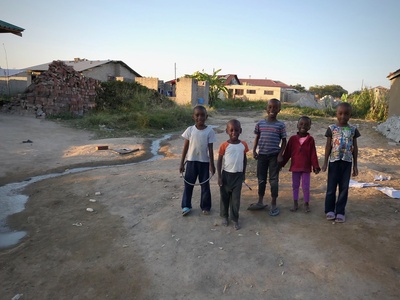
Chitungwiza
Large dormitory city outside Harare with high unemployment, overcrowded housing, weak sanitation and irregular municipal services; many residents rely on informal trade and remittances, making it consistently cited among Zimbabwe’s most impoverished urban centres.
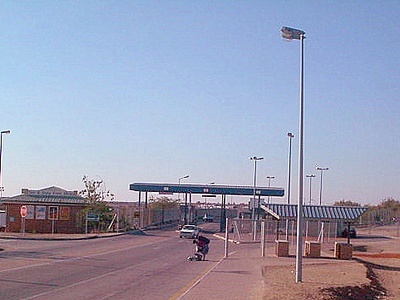
Beitbridge
Border town with heavy informal cross-border trade but limited formal opportunities; acute infrastructure strain, high unemployment, poor access to clean water and health services and seasonal vulnerability to economic shocks and food insecurity.
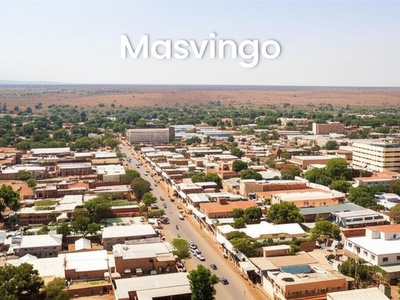
Masvingo
Regional service centre facing limited industrial activity, drought-affected peri-urban households, constrained municipal budgets, and inadequate sanitation and water supply; widespread informal employment and food insecurity contribute to high urban poverty levels.

Mutare
City near Mozambique border with declining manufacturing and mining linkages, frequent service delivery shortfalls, unemployment and poor housing in high-density suburbs; reliant on informal economy and cross-border trade with limited social safety nets.
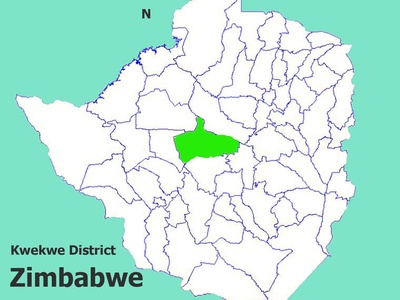
Kwekwe
Former mining and steel town experiencing industrial decline, job losses and environmental degradation; many households depend on informal work, face intermittent services, and limited access to quality healthcare and sanitation.
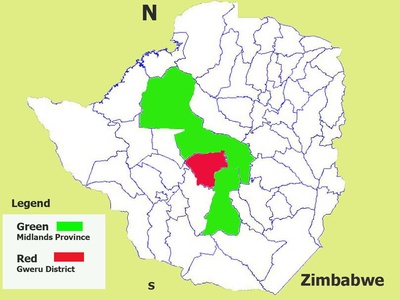
Gweru
Central city with shrinking formal employment and municipal revenue challenges; growing informal settlements, unreliable water and power supply, and constrained social services underpin elevated urban poverty and vulnerability.
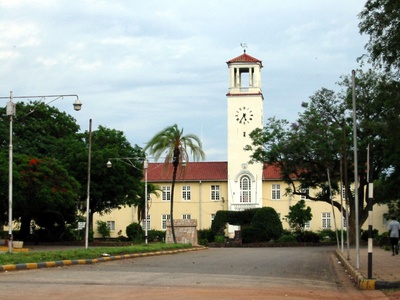
Kadoma
Historically mining-focused town affected by reduced industrial activity, unemployment and service delivery gaps; residents face limited economic diversification, informal livelihoods and strained local infrastructure.

Bindura
Mining town with fluctuating industry fortunes, high local unemployment and limited municipal capacity; inadequate water and sanitation services, poor housing conditions and reliance on informal mining and trade mark socio-economic stress.
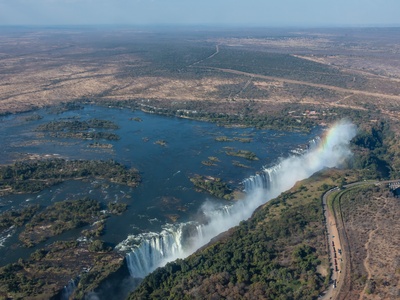
Victoria Falls
Tourism-dependent city hit by fluctuating international arrivals and weak local spending; many tourism workers in precarious jobs, seasonal unemployment, strained services and limited diversification contribute to notable urban poverty pockets.
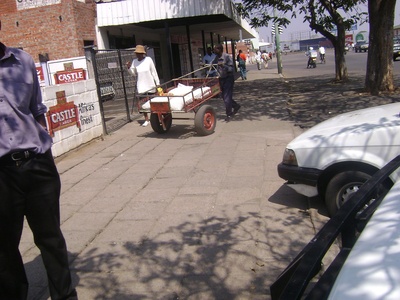
Bulawayo
Second-largest city with chronic industrial decline, high unemployment, aging infrastructure and recurrent water and power shortages; despite formal institutions, large informal settlements and constrained economic opportunities sustain significant urban poverty.

